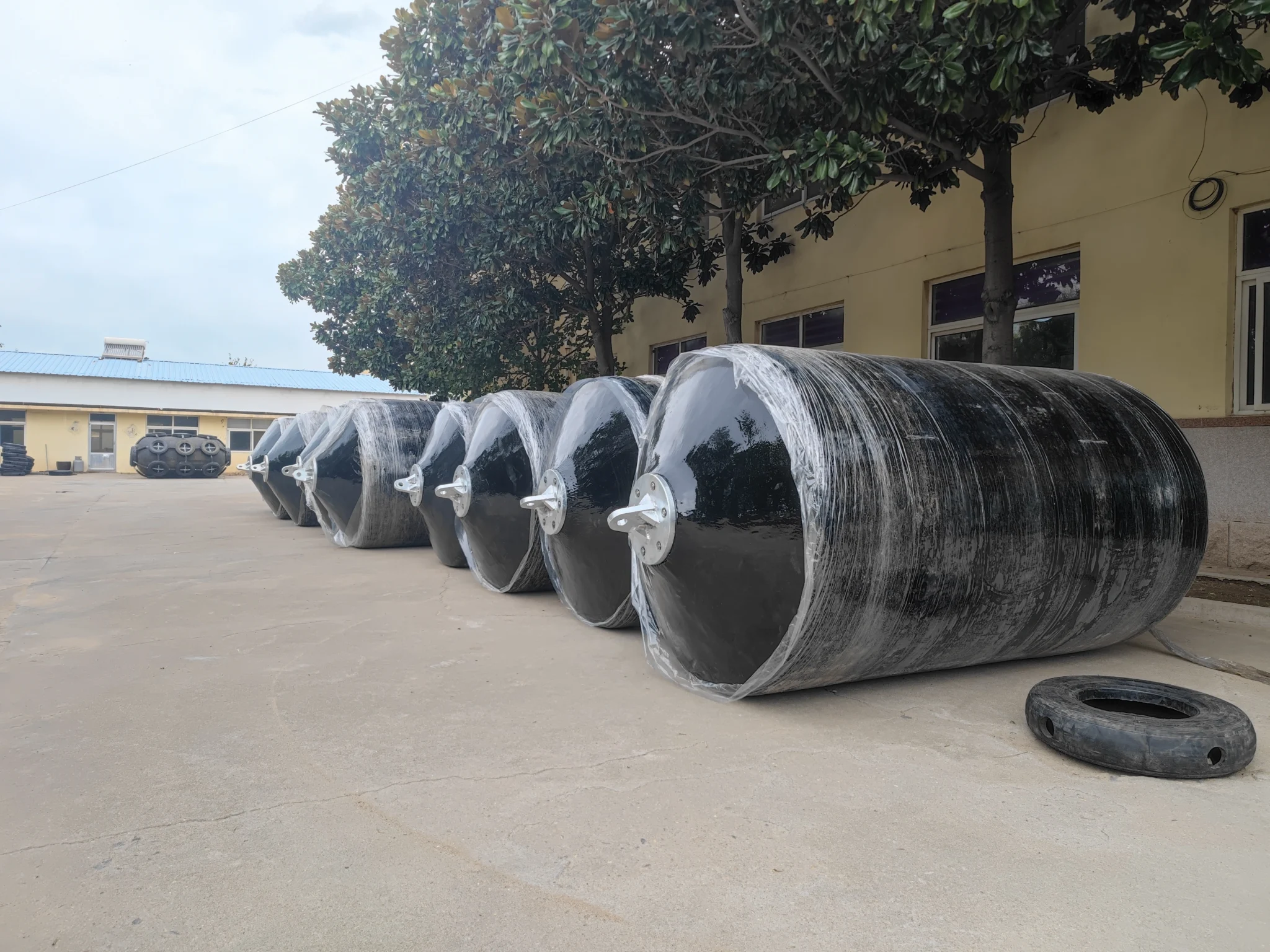In marine operations, vessel safety during docking and collisions is paramount. Of the many protective solutions, foam-filled fenders are the best. Their unique design gives them many advantages. This article explores foam-filled fenders. It compares them to pneumatic fenders to show their benefits and use cases.
What are foam-filled fenders?
Foam-filled fenders are marine bumpers. They absorb impact energy when docking or mooring. They have a closed-cell foam core, encased in a tough elastomeric skin. This design offers great collision protection. The foam core remains buoyant and effective if someone damages the outer skin. So, these fenders continue to protect.
For more info on foam-filled fenders, visit the Foam-Filled Fender Manufacturer page.
Advantages of Foam-Filled Fenders
High Energy Absorption:
Foam-filled fenders have a key advantage. They can absorb energy very well. The high-density foam in these fenders can absorb impact. This reduces the risk of damage to both the vessel and the dock. This high-energy absorption makes mooring safer in harsh marine conditions.
Long Lifespan:
Engineers design foam-filled fenders for durability. Their closed-cell structure makes them resistant to punctures and deformation. These are common issues with pneumatic fenders. With proper maintenance, foam-filled fenders can last 10 to 25 years. They are a cost-effective choice in the long run.
Low Maintenance Requirements:
Foam-filled fenders need little upkeep. Unlike pneumatic fenders, they need no air checks or inflating. Routine inspections to check for signs of wear usually suffice. This ease of maintenance reduces operational costs and minimizes downtime.
Weather Resistance:
Builders design foam-filled fenders to withstand harsh weather conditions. Their design lets them work well in extreme heat and heavy storms. The tough materials in foam-filled fenders keep them effective, no matter the environment.
Versatile Applications:
You can use foam-filled fenders in various marine applications because they are versatile. Their design makes them suitable for a range of vessels, from cargo ships to luxury yachts. This adaptability allows operators to use them in different scenarios without compromising safety.
Unsinkable Design:
Thanks to their closed-cell foam core, foam-filled fenders remain buoyant even when damaged. This trait ensures they provide protection. So, they are a reliable choice for marine operations.
Application Scenarios for Foam-Filled Fenders:
Naval Harbors:
In naval harbors, foam-filled fenders protect military ships and submarines. It’s vital to absorb impacts and ensure safety during docking. This is due to the diverse ship sizes and the security needs of naval operations.
Cargo Ship Ports:
Foam-filled fenders work well in cargo ship ports. Large vessels need strong protection while docking. These fenders absorb energy. They help minimize damage to the ships and the port. This ensures smooth operations and reduces downtime.
Cruise Terminals:
Cruise terminals gain many advantages from the use of foam-filled fenders. These fenders ensure a safe, cushioned docking for thousands of cruise ship passengers. They are vital due to the ships’ size and weight. Their design prevents damage during docking. This helps maintain the passenger experience qaàà. right fender system is crucial for the safety and efficiency of marine operations. Foam-filled fenders are a smart choice. They enhance vessel protection in many scenarios.
Offshore Platforms:
In offshore oil and gas, foam-filled fenders protect platforms from supply vessels. These fenders can withstand harsh marine environments. They protect vital infrastructure.
Ship-to-Ship (STS) Operations:
In ship-to-ship operations, two vessels moored alongside each other transfer cargo. Foam-filled fenders are crucial in this process. They absorb the ships’ kinetic energy. This reduces impact forces and ensures the safety of both vessels and their cargo.
Comparing foam-filled fenders to pneumatic fenders:
Foam-filled and pneumatic fenders both protect vessels during docking. But, they differ in construction, performance, and maintenance.
Durability:
People recognize foam-filled fenders for their durability. Foam-filled fenders are better than pneumatic ones. Someone can puncture pneumatic fenders. Foam-filled fenders won’t get damaged over time. They maintain their structure.
Performance:
Foam-filled fenders absorb 40% more energy than pneumatic ones. Their high-density foam core makes them more efficient. It cushions impacts better.
Maintenance:
Foam-filled fenders require much less maintenance compared to pneumatic fenders. The latter need regular checks for air pressure and inflation. Foam-filled fenders only need routine inspections.
Price:
Pneumatic fenders generally have a lower initial cost due to their simpler construction. But foam-filled fenders may be cheaper in the long run. Their high maintenance and replacement costs can add up.
Additionally, for a detailed comparison, check out Pneumatic Fenders vs. Foam-Filled Fenders.
FAQS:
How do foam-filled fenders maintain their performance over time?
Foam-filled fenders perform well due to their closed-cell foam core. It resists punctures and deformation. This design lets them absorb impact energy. It won’t reduce their buoyancy or functionality. Regular inspections catch minor wear before it affects performance. This lets the fenders provide reliable protection for 10 to 25 years.
Can we use foam-filled fenders in extreme weather conditions?
Yes, manufacturers make foam-filled fenders for harsh marine environments. They can withstand extreme temperatures, heavy rain, and strong winds. Their strong materials ensure durability and reliability. They work in any weather, from tropical storms to icy waters. This resilience helps protect vessels from environmental challenges.
Conclusion:
Foam-filled fenders are an excellent investment for any marine operation. They absorb high energy, last long, and need little maintenance. So, they are ideal for many uses, from naval harbors to cruise terminals. For vessel protection, foam-filled fenders are the best. They are reliable and effective.
Choosing the right fender system is vital for safe, efficient marine operations. Foam-filled fenders offer clear benefits. They are a smart choice for better vessel protection in many situations.

